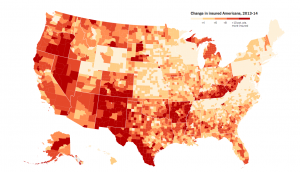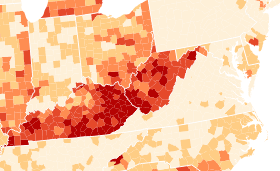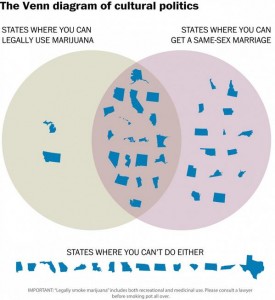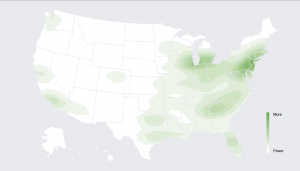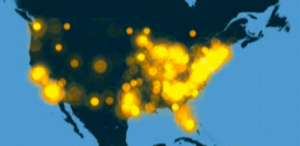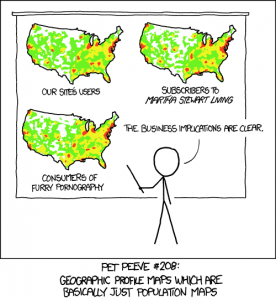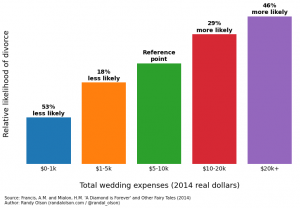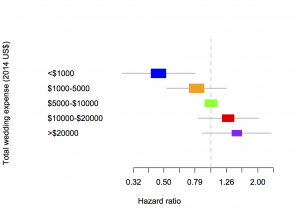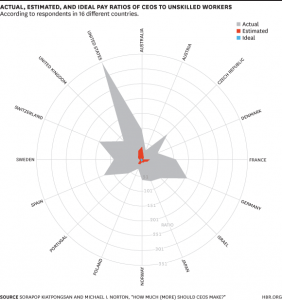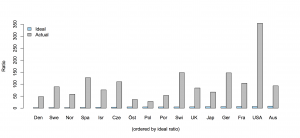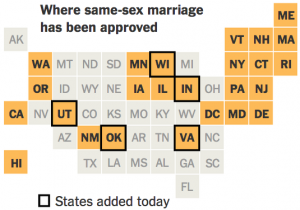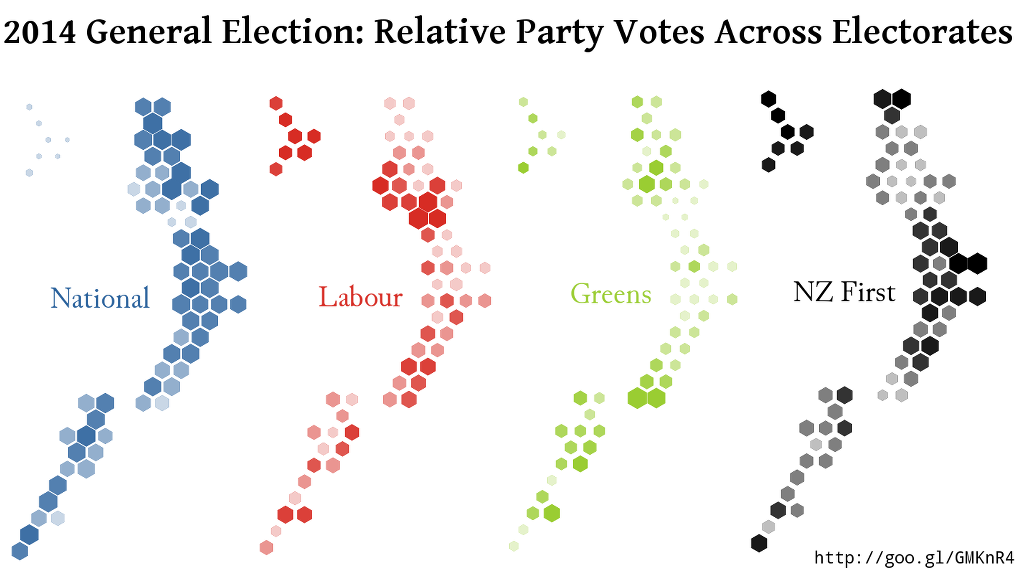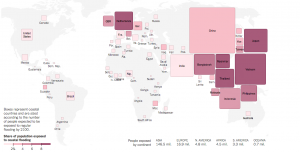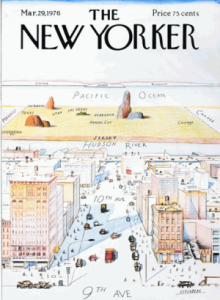Graphics: automate, then individualise
From James Cheshire, a lecturer in geography in London
The majority of graphics we produced for London: The Information Capital required R code in some shape or form. This was used to do anything from simplifying millions of GPS tracks, to creating bubble charts or simply drawing a load of straight lines. We had to produce a graphic every three days to hit the publication deadline so without the efficiencies of copying and pasting old R code, or the flexibility to do almost any kind of plot, the book would not have been possible. So for those of you out there interested in the process of creating great graphics with R, here are 5 graphics shown from the moment they came out of R to the moment they were printed.
That is, good graphics rely on both soulless automation and creative design flair. Graphic designers shouldn’t need to put the data in by hand; they should be starting with the output of well-designed software and working from there.
